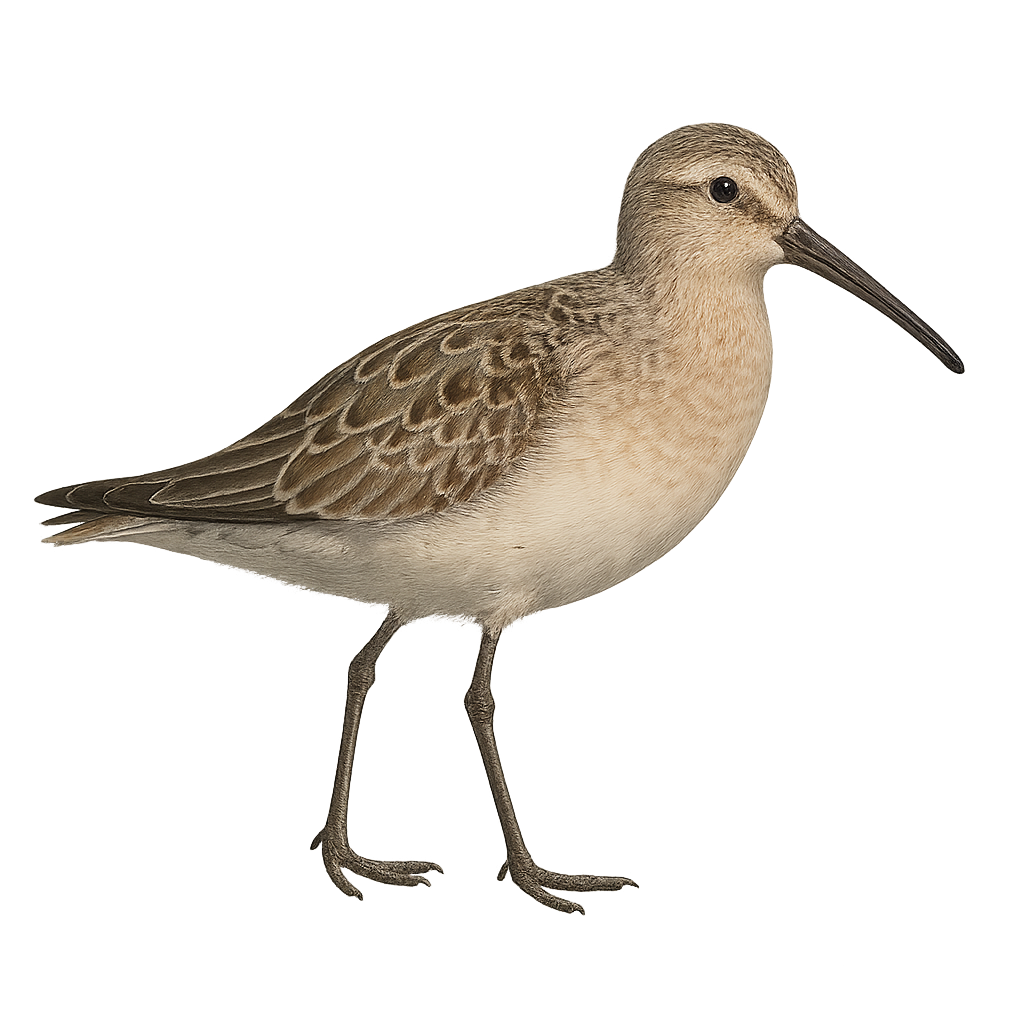Your wildlife photography guide.
Explore the curlew sandpiper in detail, study its behavior, prepare your shots.
Where to observe and photograph the curlew sandpiper in the wild
Learn where and when to spot the curlew sandpiper in the wild, how to identify the species based on distinctive features, and what natural environments it inhabits. The WildlifePhotographer app offers tailored photography tips that reflect the curlew sandpiper’s behavior, helping you capture better wildlife images. Explore the full species profile for key information including description, habitat, active periods, and approach techniques.
Curlew Sandpiper
Scientific name: Calidris ferruginea

IUCN Status: Least Concern
Family: SCOLPACIDAE
Group: Birds
Sensitivity to human approach: Suspicious
Minimum approach distance: 20 m
Courtship display: May to June
Incubation: 19-21 jours
Hatchings: June to July
Habitat:
Coastal wetlands, estuaries, lagoons
Activity period :
Primarily active during the day, with peak activity in the morning and late afternoon.
Identification and description:
The Curlew Sandpiper, Calidris ferruginea, is a small wader belonging to the Scolopacidae family. It is easily identifiable by its reddish breeding plumage and slightly curved long bill. Outside the breeding season, its plumage turns duller with grayish tones. This migratory bird travels long distances between its breeding grounds in Siberia and its wintering areas in Africa, South Asia, and Australia. It primarily inhabits coastal wetlands, estuaries, and lagoons, feeding on small invertebrates by probing the mud with its bill. The Curlew Sandpiper is a gregarious bird, often seen in large flocks during migration.
Recommended lens:
400 mm – adjust based on distance, desired framing (portrait or habitat), and approach conditions.
Photography tips:
To photograph the Curlew Sandpiper, it is advisable to use a telephoto lens of at least 400mm to capture detailed images without disturbing the bird. Look for coastal wetlands or estuaries where these birds gather in large numbers. Be patient and discreet, using a hide if possible to blend into the environment. Early morning or late afternoon, when the light is soft, are the best times to photograph these birds.
The WildlifePhotographer App is coming soon!
Be the first to explore the best nature spots, track rutting seasons, log your observations, and observe more wildlife.
Already 1 429 wildlife lovers subscribed worldwide

